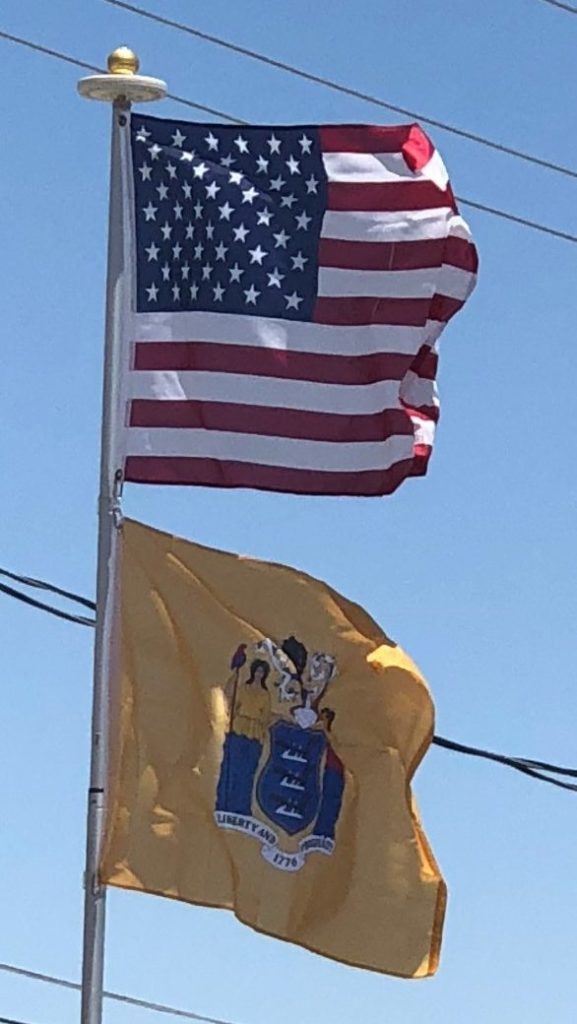In the Industrial Revolution, cities grew and prospered from new manufacturing opportunities. The previous agrarian economy had always been dicey due to crop failures and poor soil. The new economy was based on commodities such as textiles and silk.
Inventor Thomas Edison also became an important figure of the Industrial Revolution, having been granted 1,093 patents, many of which for inventions he developed while working in New Jersey.
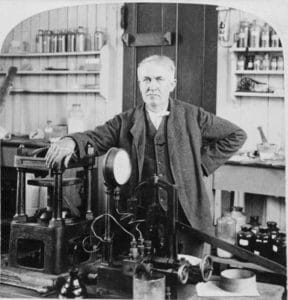
Iron mining was also a leading industry during the middle to late 19th century.
Through both World Wars, New Jersey was a center for war production, especially in naval construction.
Urban revitalization has continued in North Jersey in the 21st century. As of 2014, Jersey City experienced the largest population increase of any municipality in New Jersey since 2010. In 2010, Newark experienced its first population increase since the 1950s.
Geography:
New Jersey is often broadly divided into three geographic regions: North Jersey, Central Jersey, and South Jersey and wthin those regions are five distinct areas, based upon natural geography and population concentration.
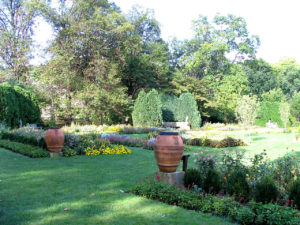
Northeastern New Jersey lies closest to Manhattan in New York City, and up to a million residents commute daily into the city for work, often via public transportation.
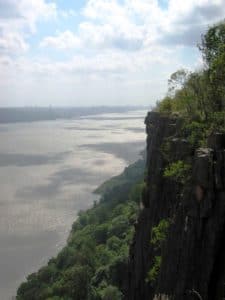
Northwestern New Jersey, is more wooded, rural, and mountainous.
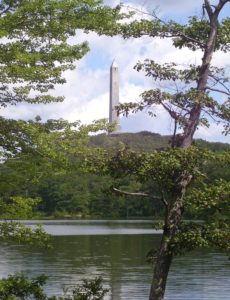
The Jersey Shore, along the Atlantic Coast in Central and South Jersey, has its own unique natural, residential, and cultural characteristics owing to its location by the ocean.
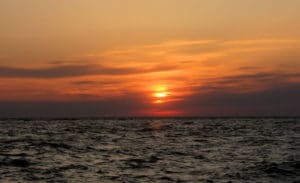
The Delaware Valley includes the southwestern counties of the state, which reside within the Philadelphia Metropolitan Area.
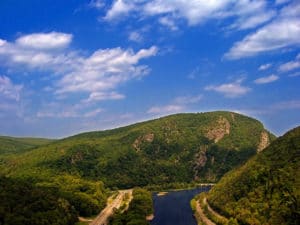
The Pine Barrens region is in the southern interior of New Jersey. Covered rather extensively by mixed pine and oak forest, it has a much lower population density than much of the rest of the state.
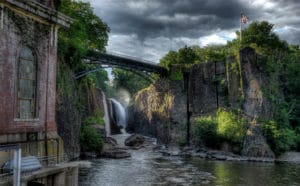
Wealth:
New Jersey’s per capita gross state product in 2008 was $54,699, second in the U.S. and above the national per capita gross domestic product of $46,588. Its per capita income was the third highest in the nation with $51,358. In 2013, the state had the second-largest number of millionaires per capita in the United States. Nine of New Jersey’s counties are in the wealthiest 100 of the country.
Industry:
New Jersey’s economy is multifaceted, but is centered on the pharmaceutical industry, the financial industry, chemical development, telecommunications, food processing, electric equipment, printing, publishing, and tourism.
Popular Culture:
New Jersey is frequently the target of jokes in American culture, especially from New York City-based television shows, such as Saturday Night Live. Academic Michael Aaron Rockland attributes this to New Yorkers’ view that New Jersey is the beginning of Middle America. The New Jersey Turnpike, which runs between two major East Coast cities, New York City and Philadelphia, is also cited as a reason, as people who traverse through the state may only see its industrial zones. Reality television shows like Jersey Shore and The Real Housewives of New Jersey have reinforced stereotypical views of New Jersey culture.
Transportation:
The George Washington Bridge, connecting Fort Lee in Bergen County across the Hudson River to New York City, is the world’s busiest motor vehicle bridge.
